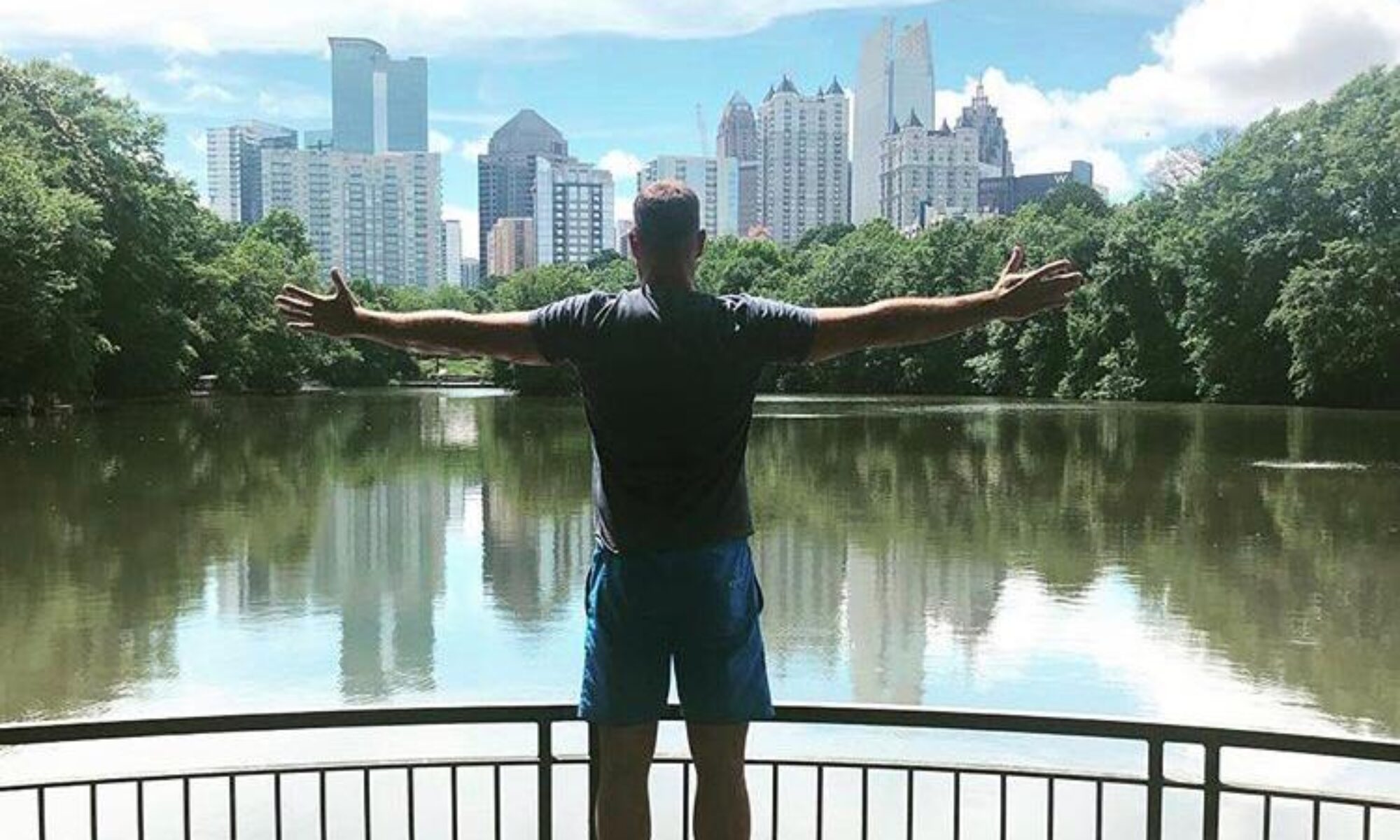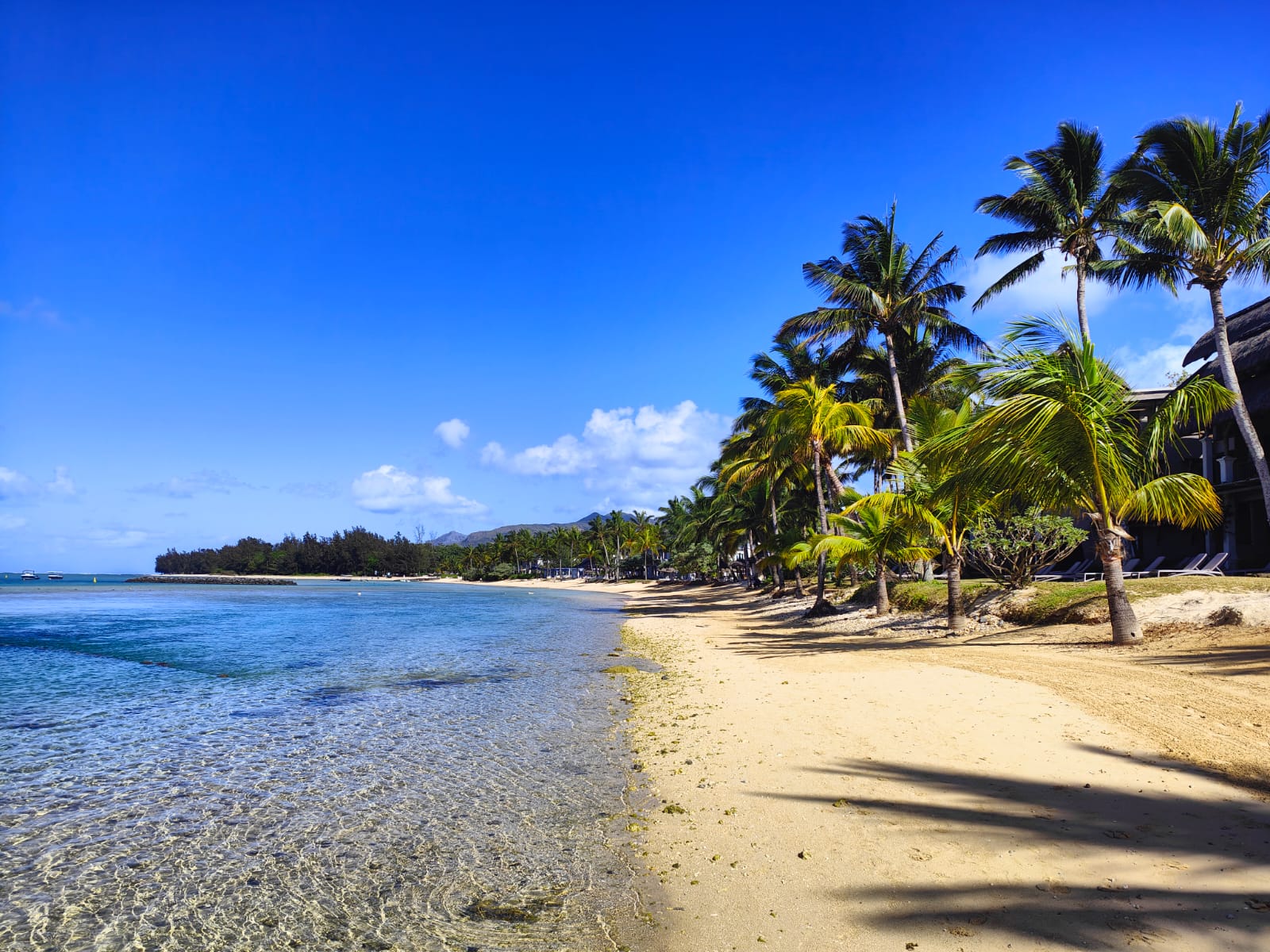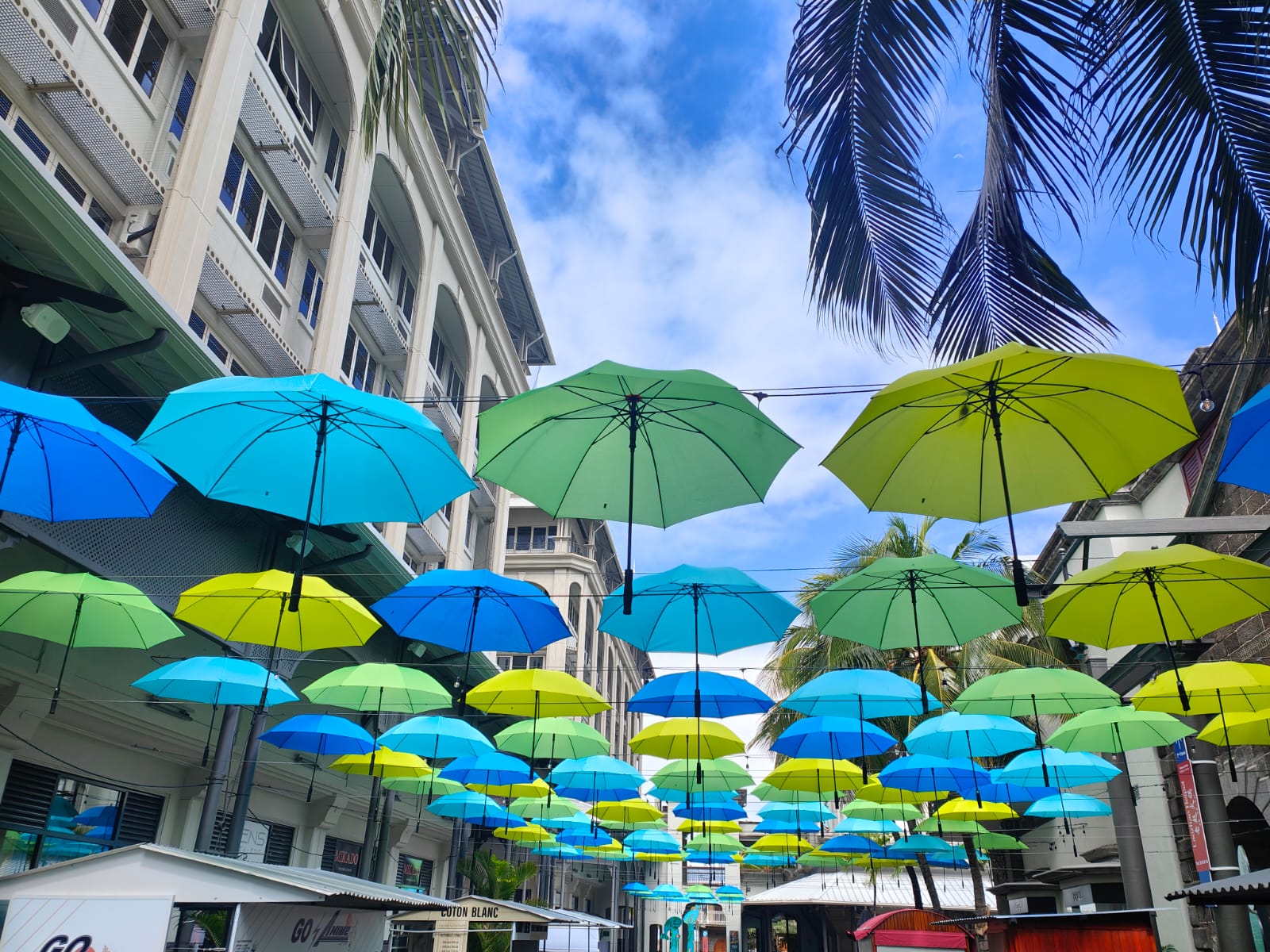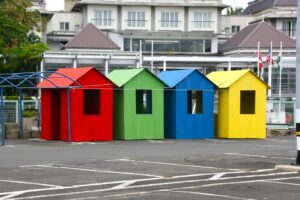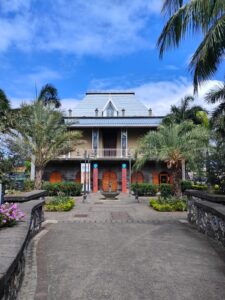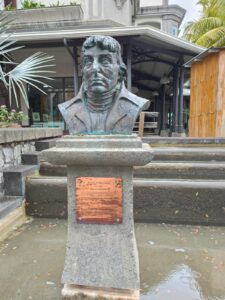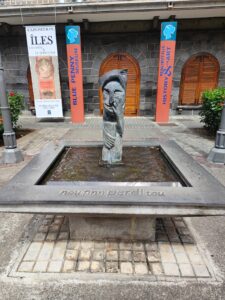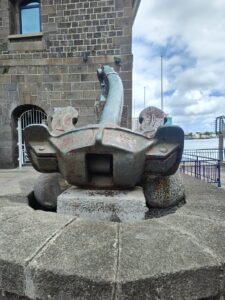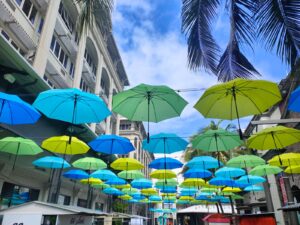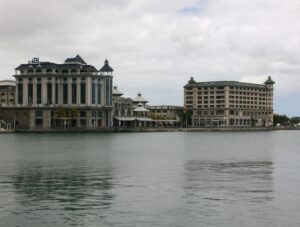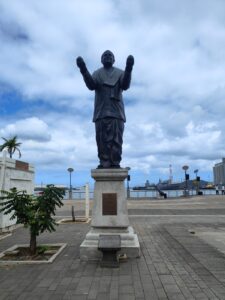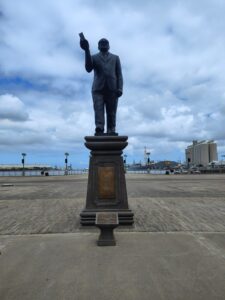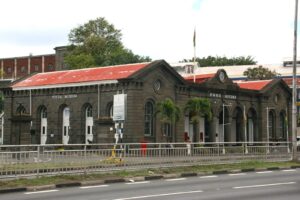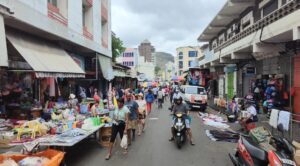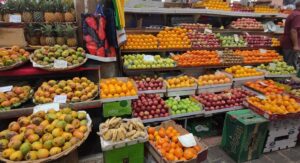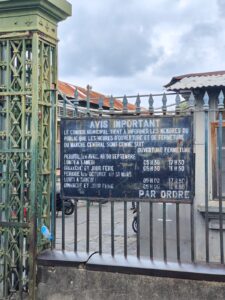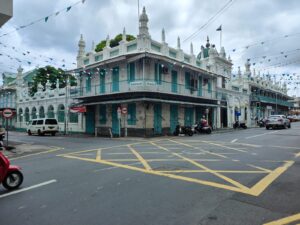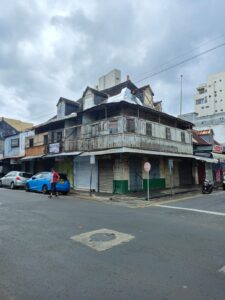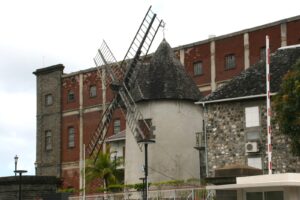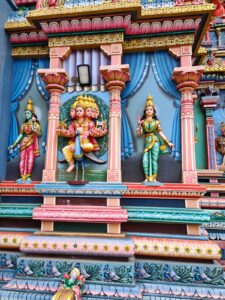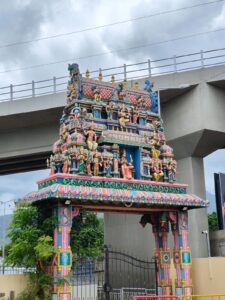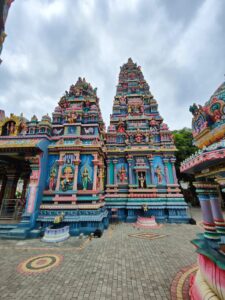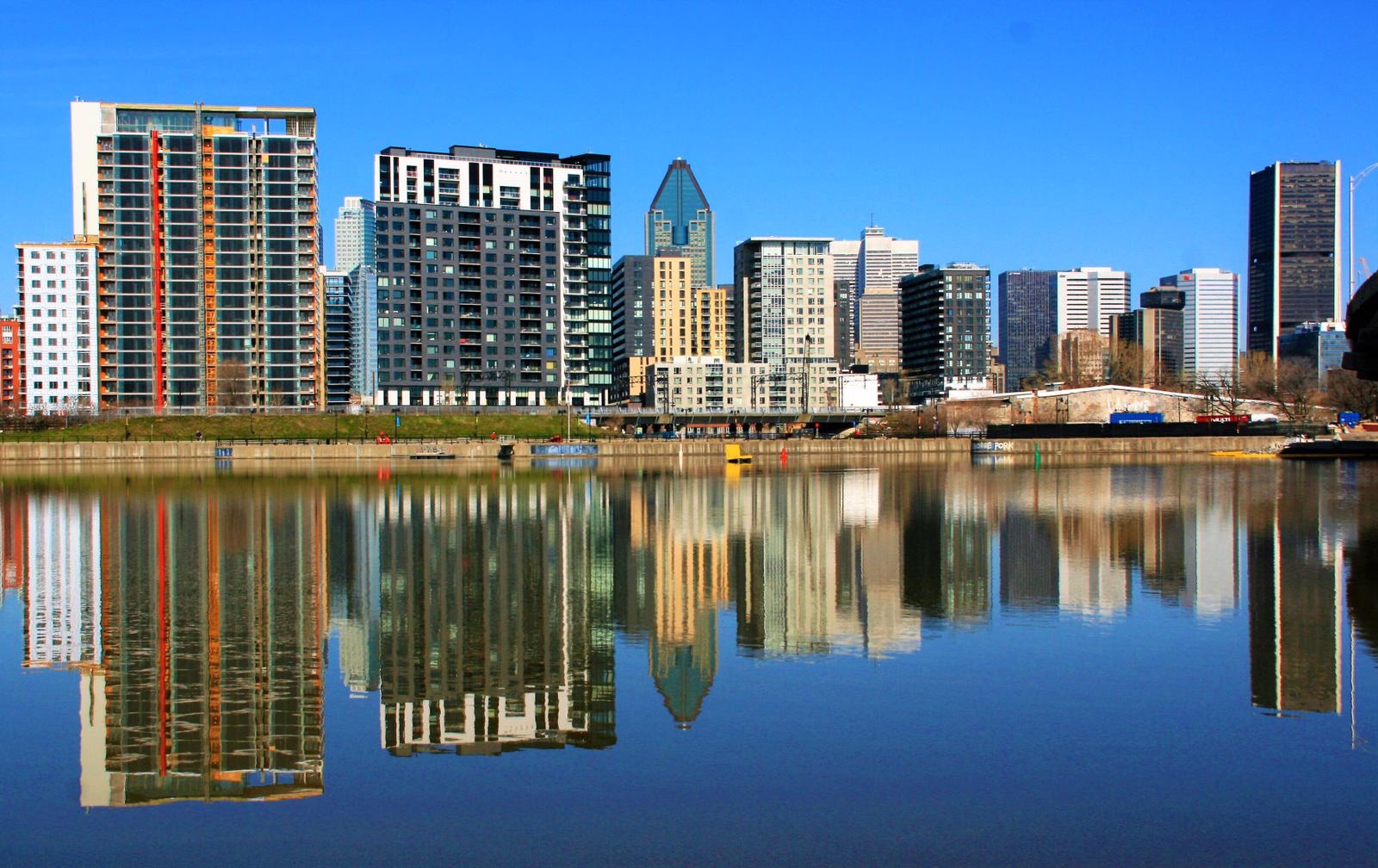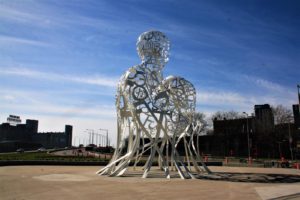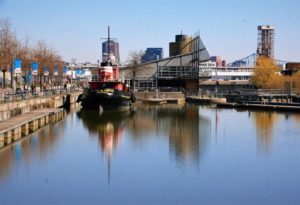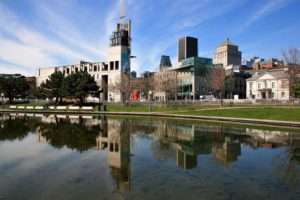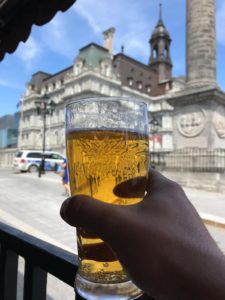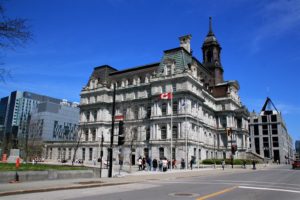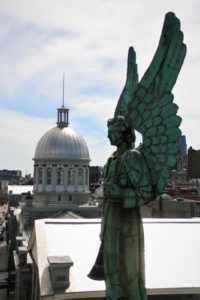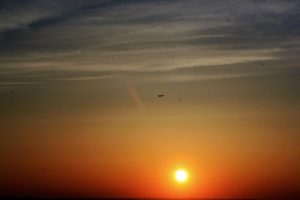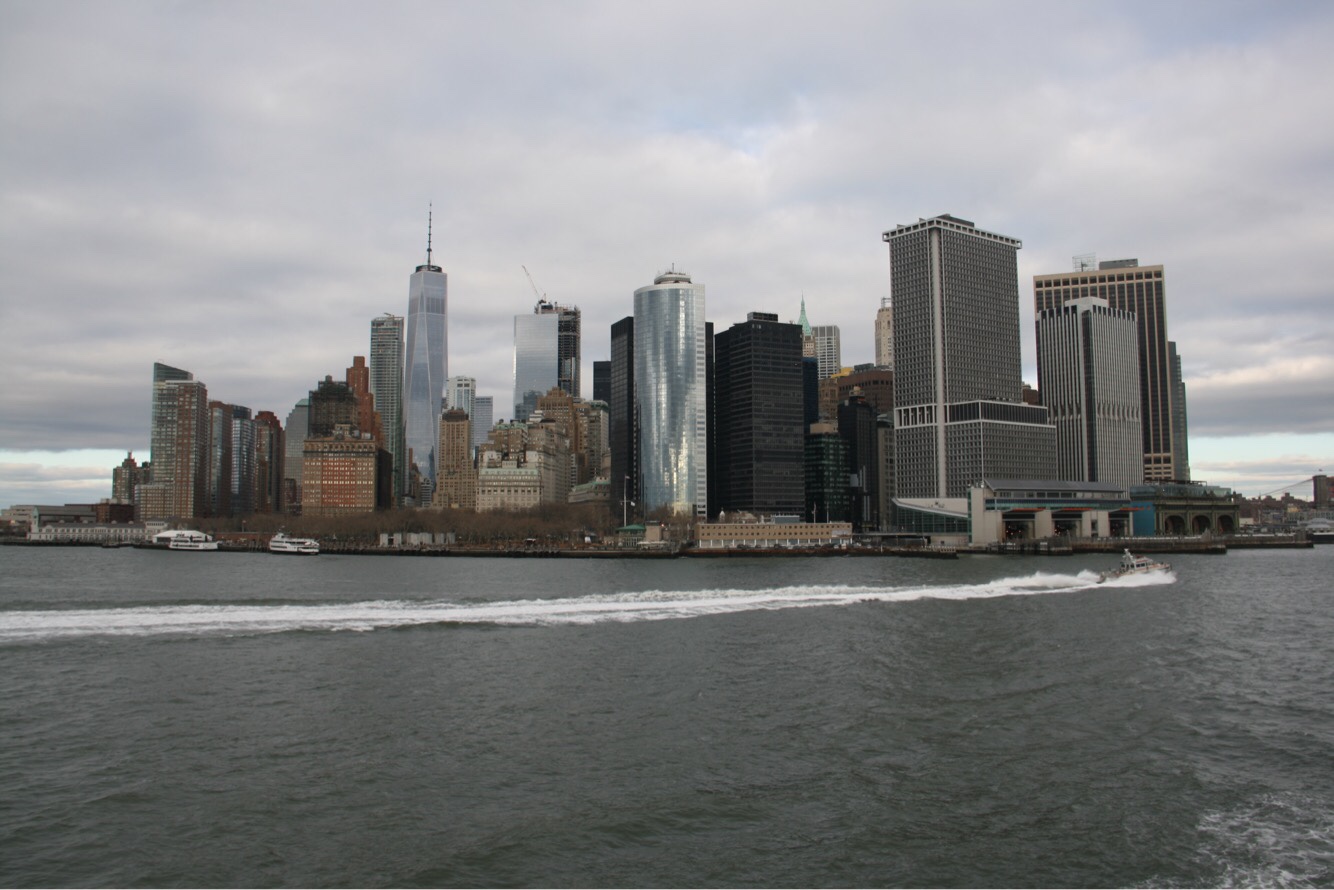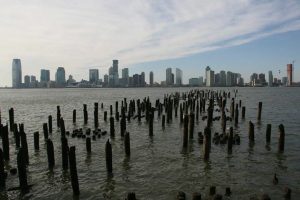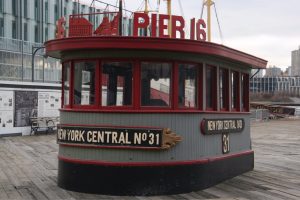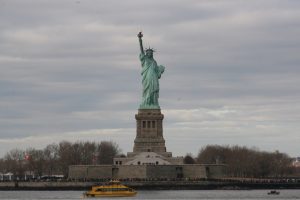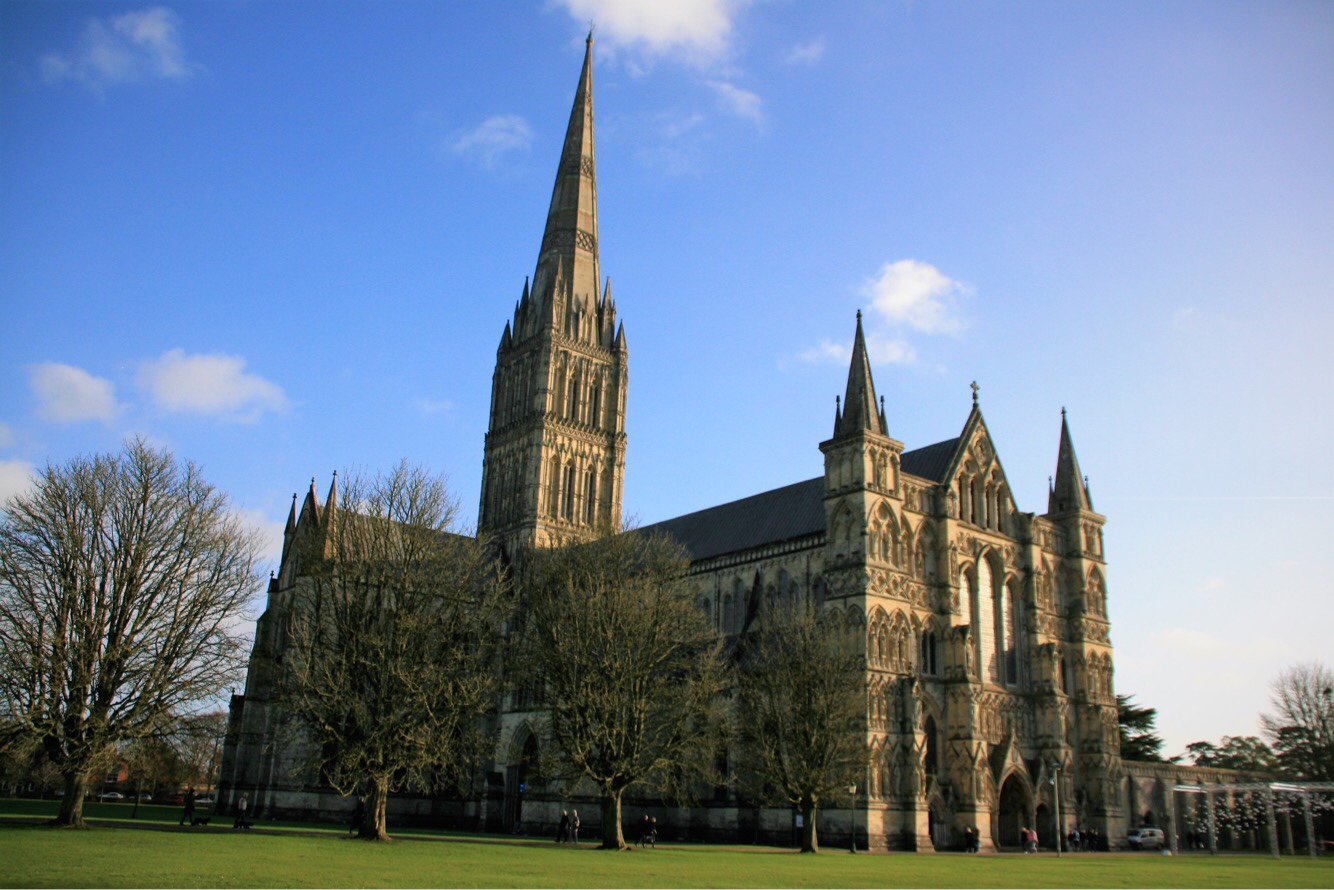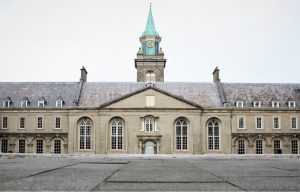Nestled secretly in the western part of the Indian ocean and to the east of Madagascar is the Mascarene Archipelago. The archipelago is named after Pedro Macarenas, a Portuguese explorer and navigator. He discovered the more famous of the 3 islands – Mauritius – with Reunion and Rodrigues Islands being the other two. He discovered it some 500 years ago and we decided to visit Mauritius for our honeymoon. Not only did we follow in his footsteps, but those of the Dutch, French and British people that came here. Exploration was limited but we saw what we could in our brief time on the island of Mauritius.
We found Mauritius a curious and fascinating place to visit, a sun kissed haven and most hospitable. Not only did Mauritius offer us a tropical beach escape, but the island also taught us some of its history. It clearly has had a troubled past but now it is thriving and is one of the most prosperous economies in Africa. Mauritius was uninhabited and deserted for most part of its existence until the 16th century when the Dutch settlers first arrived. For the next 4 centuries the Dutch, French and British took it in turns to colonise the island. I assume that the island was an important outpost, firstly, for explorers discovering previously unknown parts of the world and, secondly, for Indian trade with European companies.
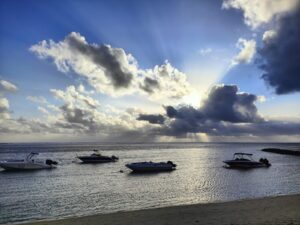
Mauritius is a pear-shaped, volcanic island which boasts over 350km of coastline. Much of the island is surrounded by coral reef which protects the shallow lagoons and white sandy beaches. Mauritius is renowned as a honeymooner’s paradise with its pristine beaches, palm trees, turquoise waters and sumptuous resorts. We were lucky enough to stay at the Heritage Awali resort. This provided us with a base to explore the southwestern corner and west coast of the island with ease. With more time and perhaps with a little more daredevil spirit we could have ventured along the south coast and up the eastern side to the north of the island.

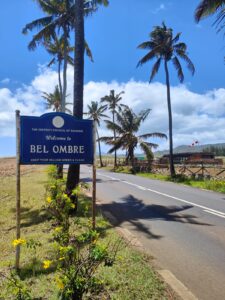
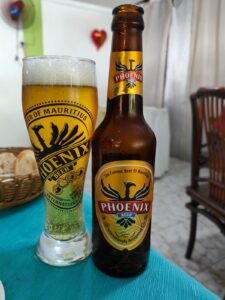
Dutch Occupation (1598-1710)
Our trip didn’t cover much, if any, of the island previously occupied by the Dutch. The Dutch arrived by chance and landed at Grand Port (southeastern corner of the island) in 1598 although colonisation didn’t fully start till 1638. Had we been a little more adventurous and gone to that corner of the island we would have seen evidence of their time on the island. The Dutch influence remains substantial in the fact that they brought sugar cane to the island, something that is seen wherever you go. The Frederik Hendrik Museum, and the Dutch First Landing memorial in Ferney would have provided us with a valuable education of the Dutch occupation. The Dutch named the island Mauritius in honour of Maurice of Nassau, Prince of Orange and stadtholder (a term we hadn’t encountered before but refers to leader in the Netherlands especially way back in the 16th century) of the United Provinces of the Netherlands.
French Occupation (1715-1810)
We learned about the French occupation through visits to the Botanic Garden and Port Louis. When the French arrived in 1715, they named the island ‘Isle de France’ and the Governor was François Mahé de La Bourdonnais. We learnt about him in both the Botanic garden and in the city of Port Louis. The French established the city of Port Louis as a naval base and ship building centre. Governor François built a lot of the country that we saw or explored on this trip – Port Louis itself, the government house in Port Louis and Chateau de Mon Plaisir in the Botanic Garden. Towards the end of the 17th century the island was claimed by the French crown whose administrative authority saw increased amounts of African slaves bought in and sugarcane established as a prosperous industry.
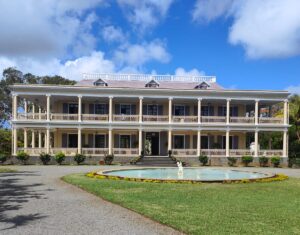
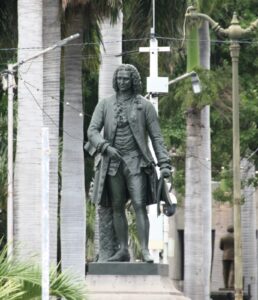
British occupation (1814-1968)
The British acquired the Island during the Napoleonic wars. They restored the name Mauritius and unusually allowed the customs, laws and language to remain French. Most of our education about the British occupation came from our trip to the Martello Tower Museum. There we witnessed the site of red coats, muskets and cannons.
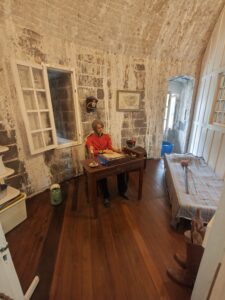
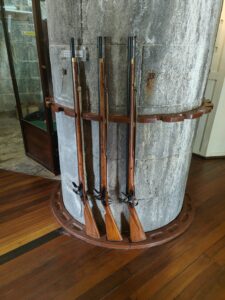
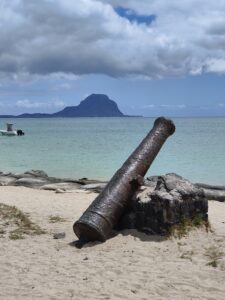
The visit to Eureka mansion also assisted our learning process. This house was built by a British man. In 1835 the British brought about the abolition of slavery which brought much change to the island. As a result, a lot of indentured labourers from China, Comoros, Madagascar, Mozambique and Southeast Asia came to the island.
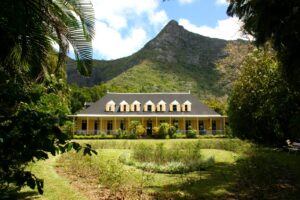
There were other sites that could have shown us more of the British rule had we had the time to visit them. One is the Aapravasi Ghat’s museum where we would have learned about indentured labourers during the nineteenth century. A visit to Cavendish Bridge (built by the British), Mahebourg seems a sensible trip.
We trust that these blogs have given an insight into this island’s short and fascinating history. Our day trips proved that Mauritius is a beautiful fusion of religion, food, colour, flavours, people and languages. For colours see the seven coloured earths of Chamarel. When travelling around the island it was difficult to make out the lie of the land, and Mauritius is still classified as a developing nation. Old and worn-down buildings mixed with modern and , to our way of thinking, ugly, new ones.
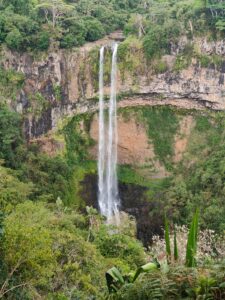
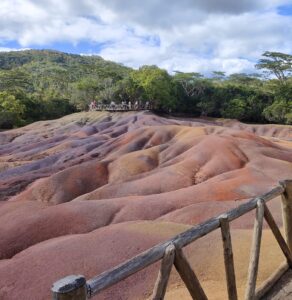
It is remarkable that on one corner there is a church and the next corner, a mosque. Religious statues sit alongside the roads or near beaches. The sacred lake at Grand Basin gives the visitor some idea of Hinduism. A significant pilgrimage site, the lake is surrounded by statues of their gods.
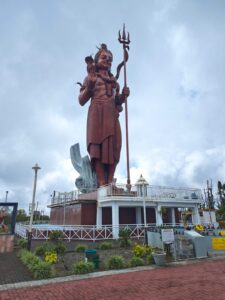

Mauritius is not all beaches and cocktails, (as much as we enjoyed that lifestyle), it is so much more than that. It’s where rivers and waterfalls flow and new acquaintances are made on daring activities or ambling around towns. We pushed ourselves out of our comfort zones and have created memories of a lifetime. Nature is a truly wonderful thing and one that we thoroughly enjoyed. According to Tripadvisor data Mauritius is the place to Honeymoon in 2025**! We certainly wouldn’t argue with that. We will leave you with the words of American writer and adventurer Mark Twain, “Mauritius was made first and then heaven, and heaven was copied after Mauritius”.
**Mauritius was recently voted by Tripadvisor data as the Honeymoon destination for 2025 (https://tripadvisor.mediaroom.com/2025-01-09-Tripadvisor-Reveals-2025s-Must-Visit-Destinations-Top-Picks-From-Travelers-Around-the-World) .
